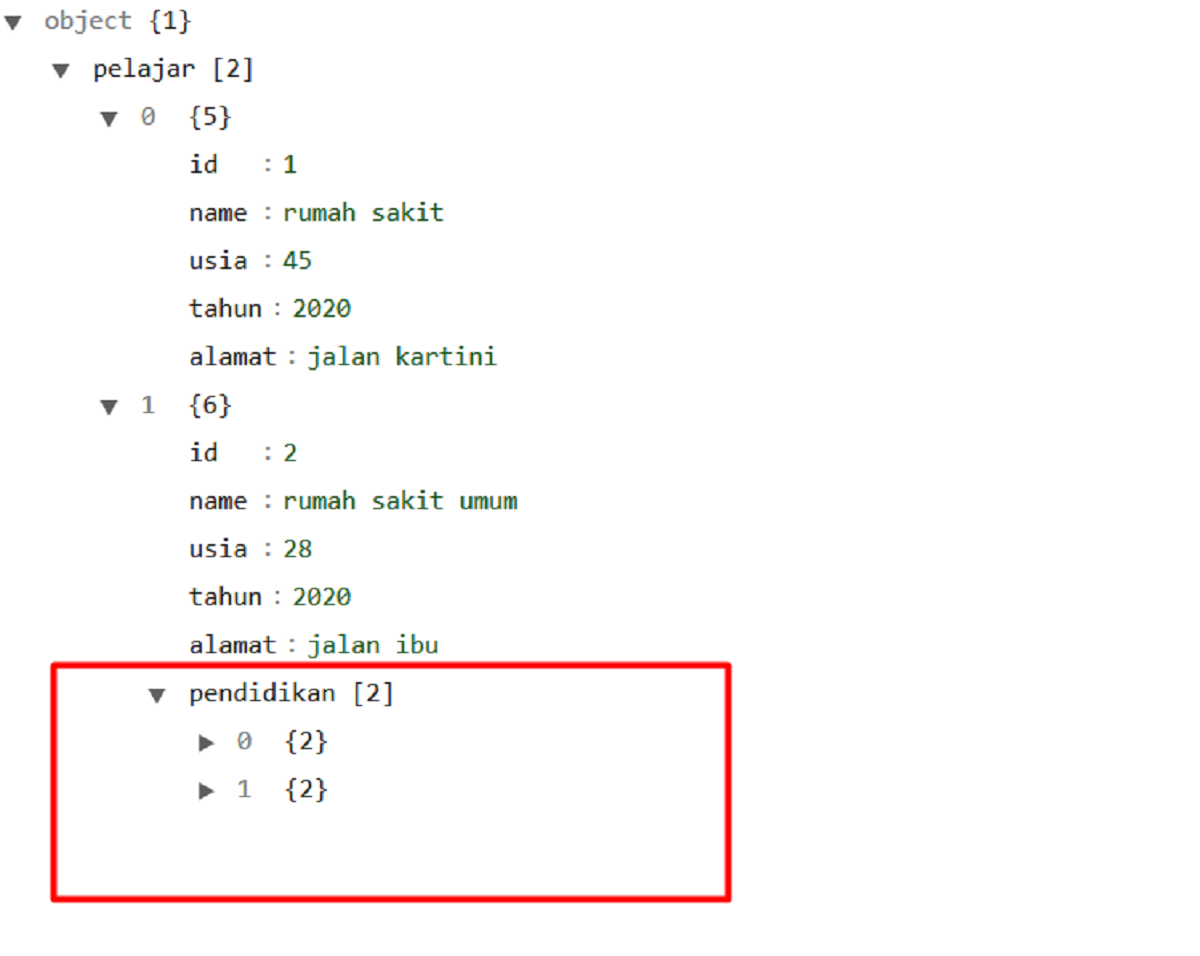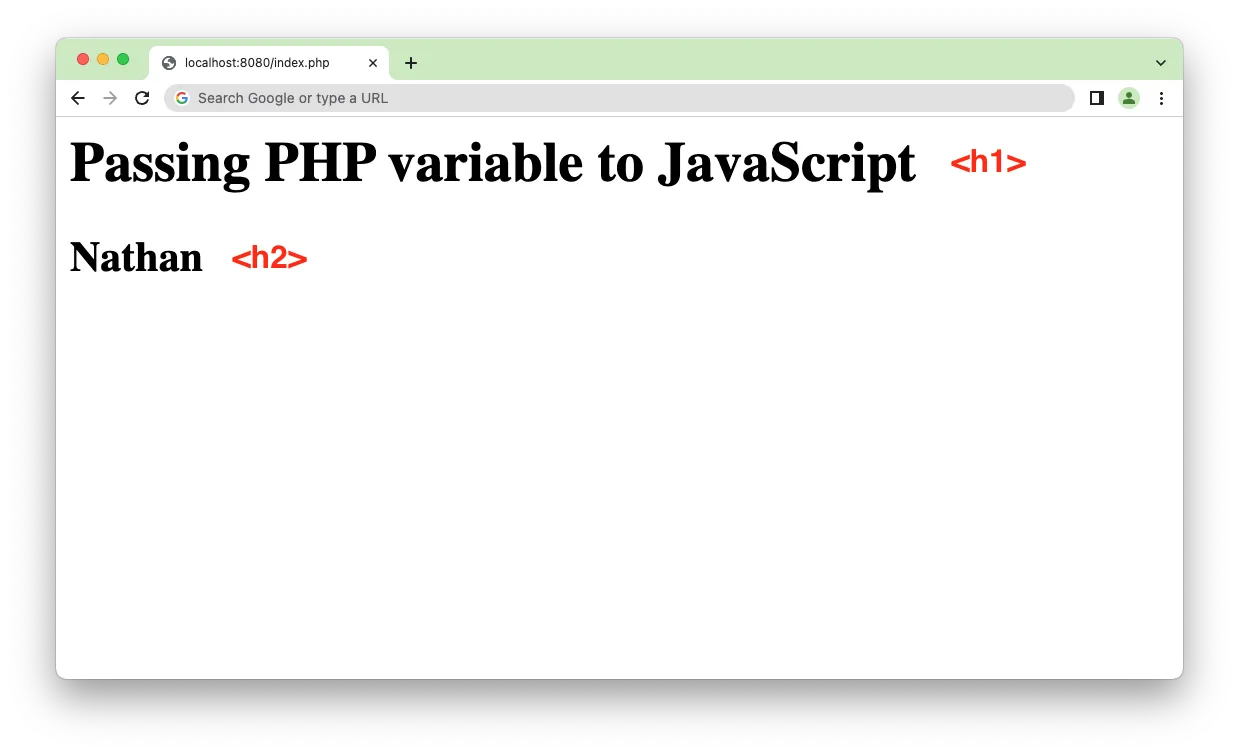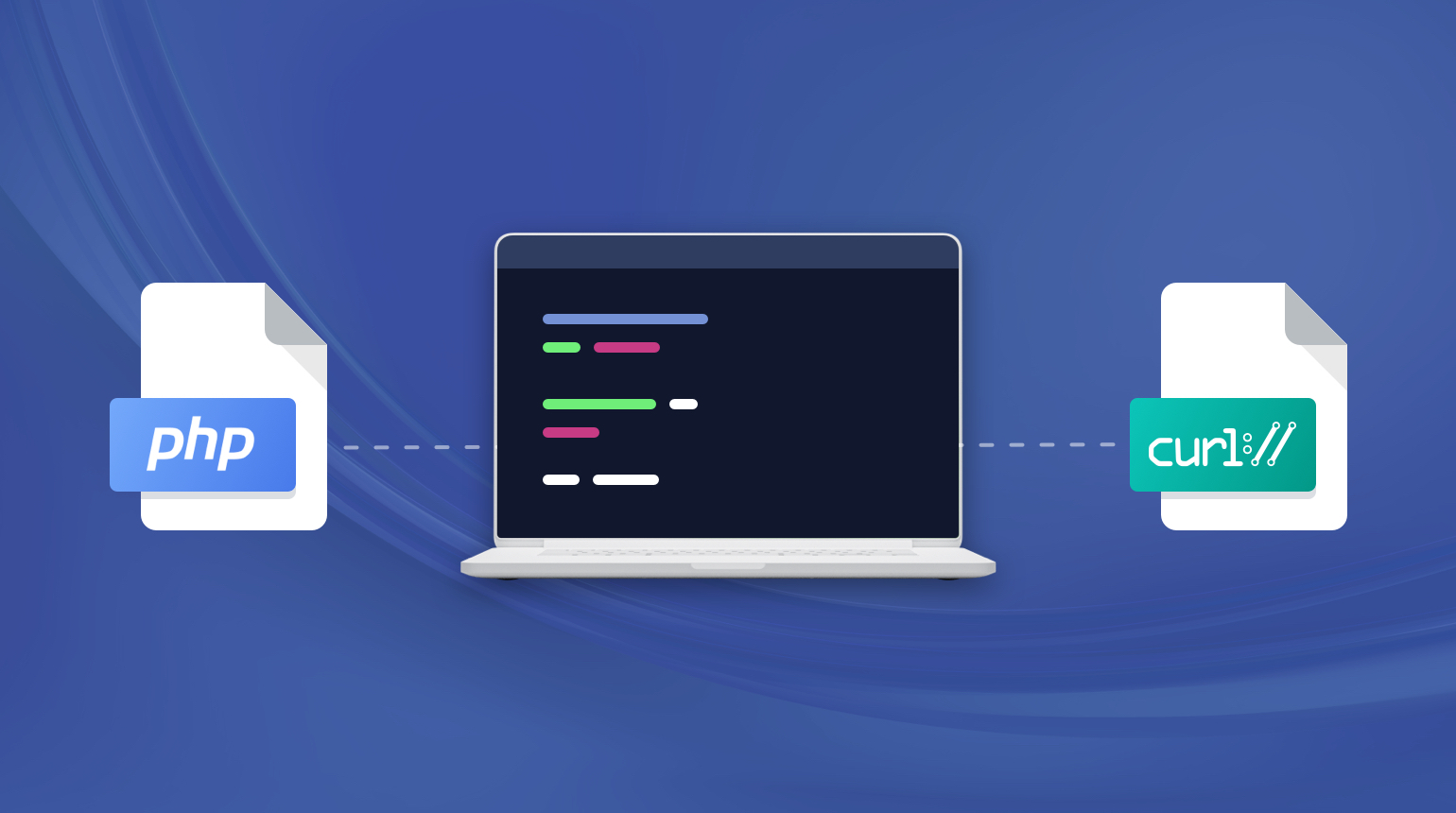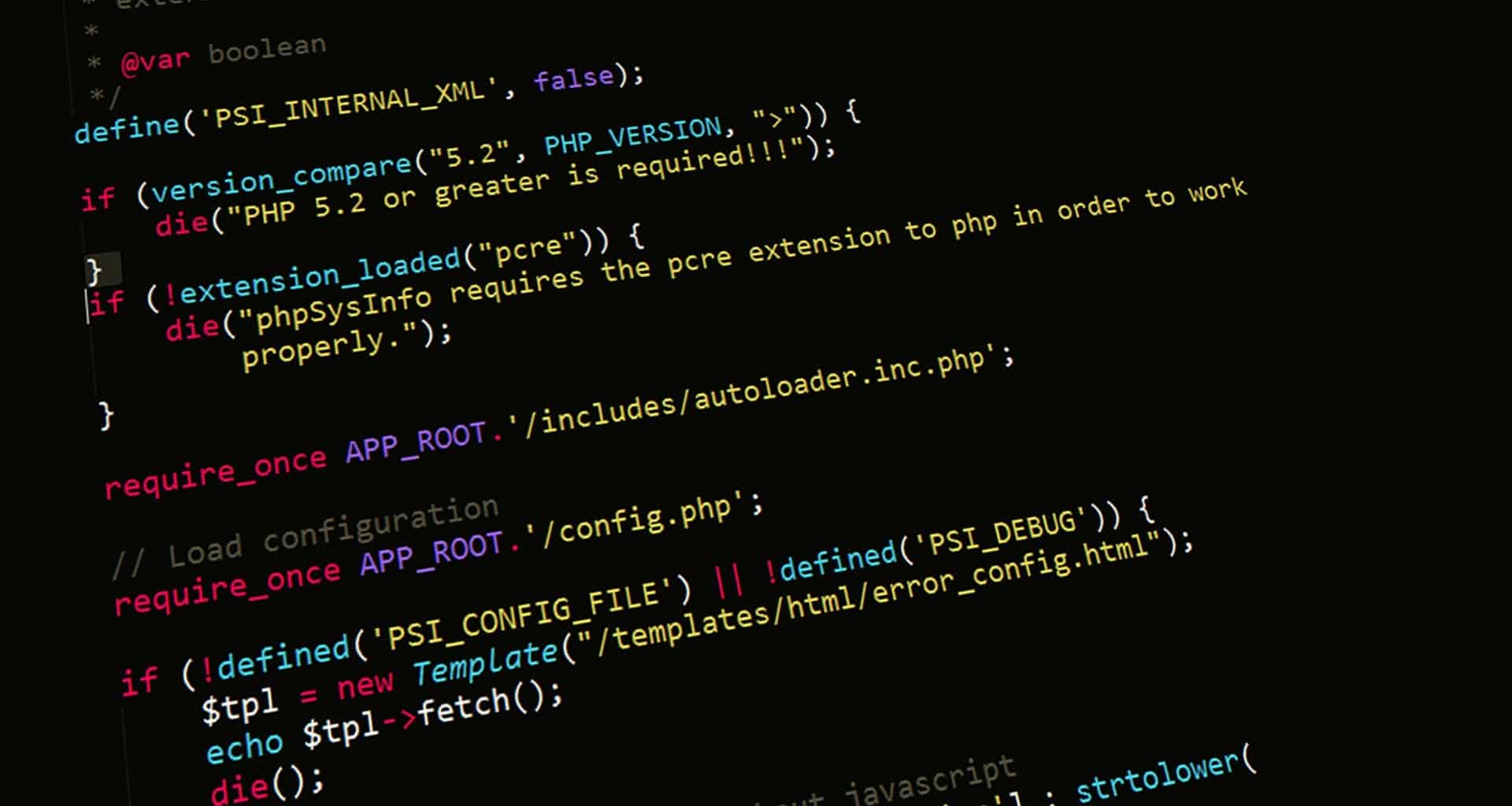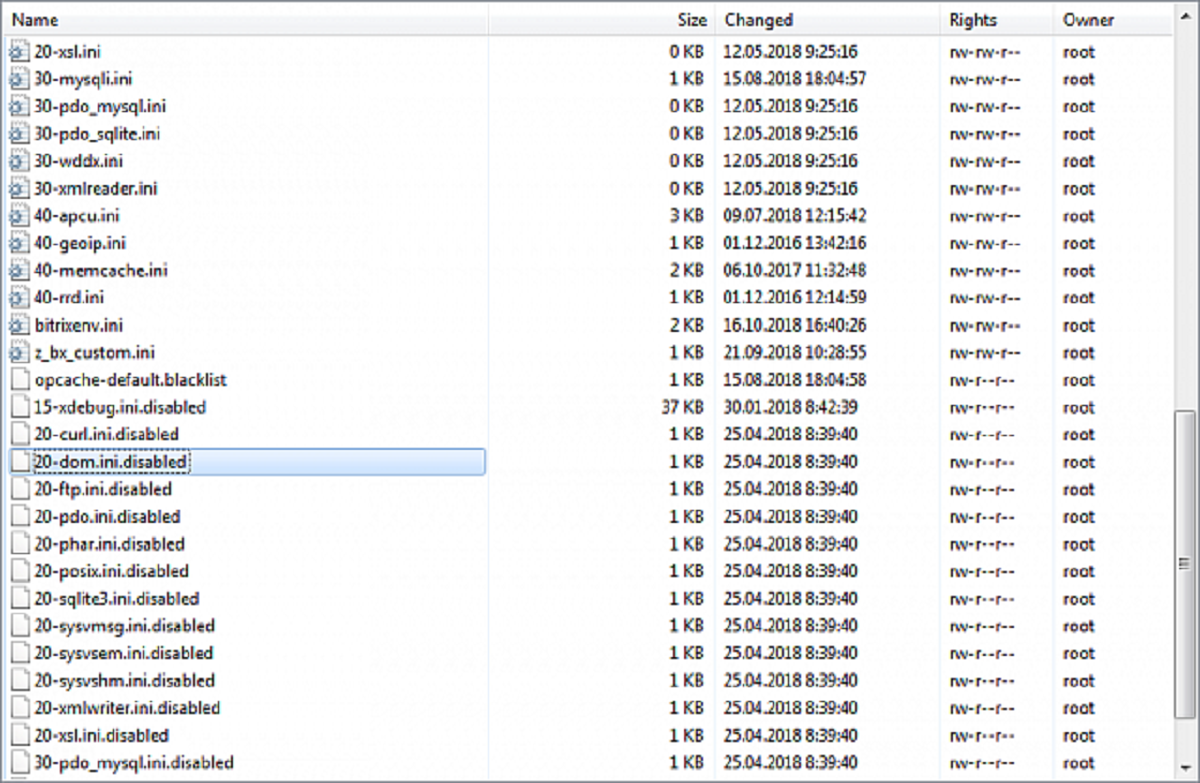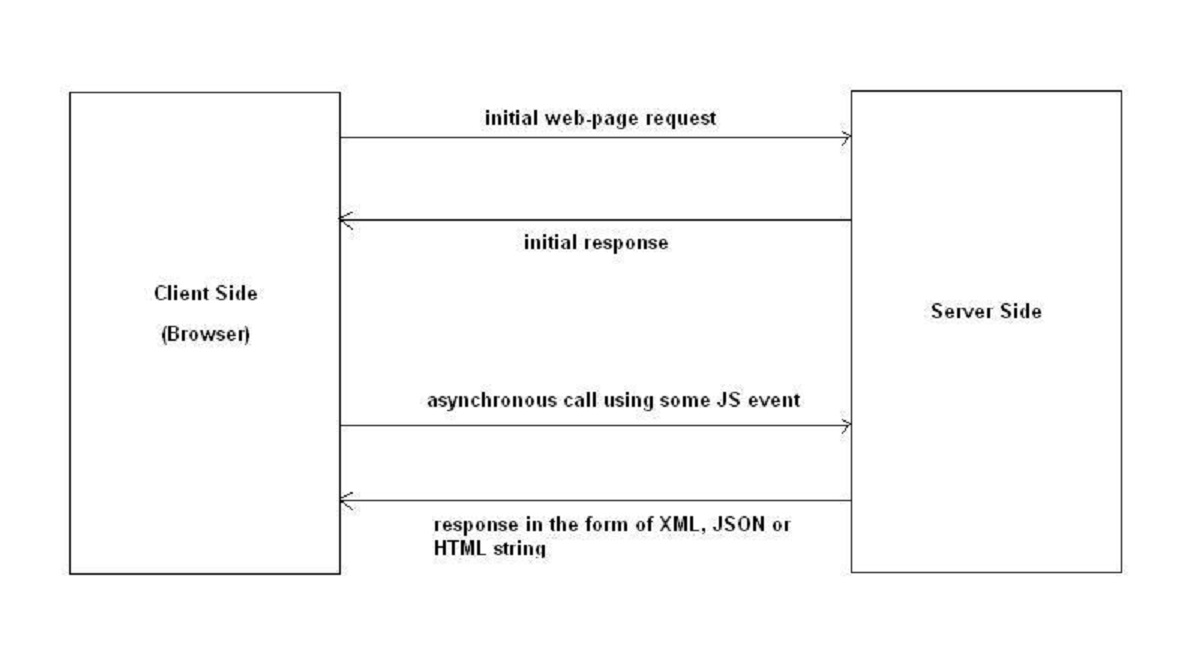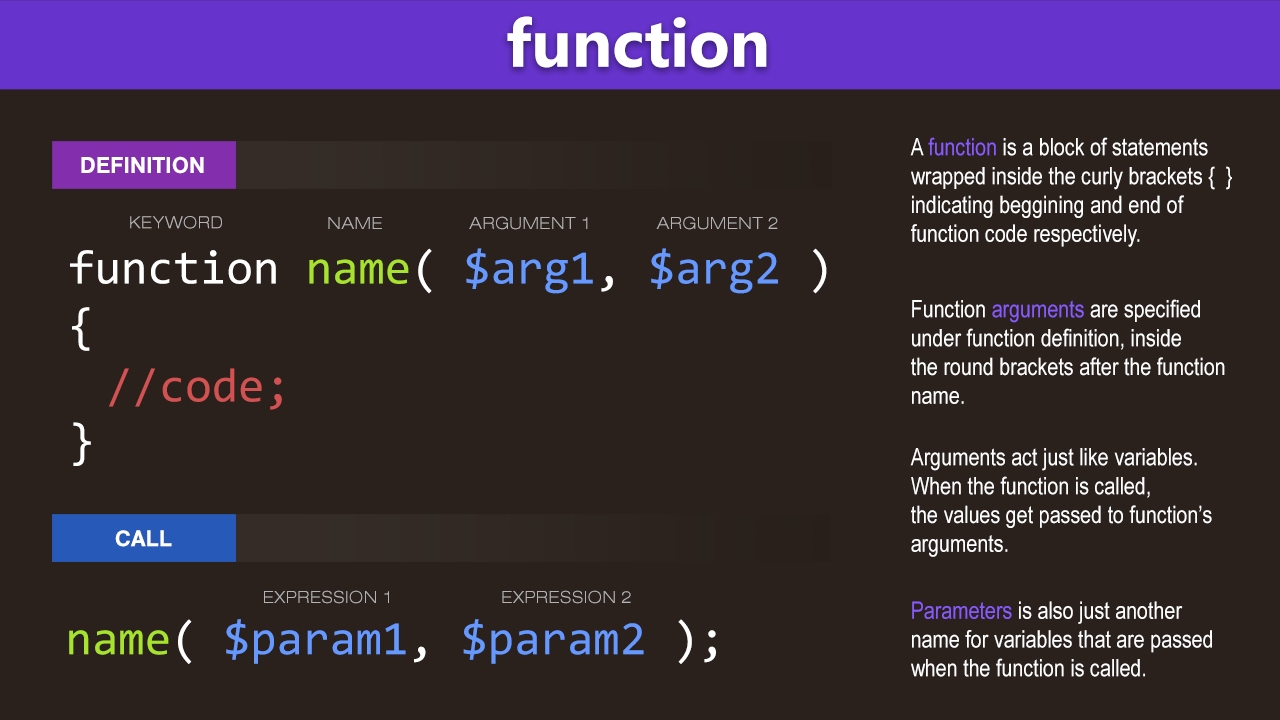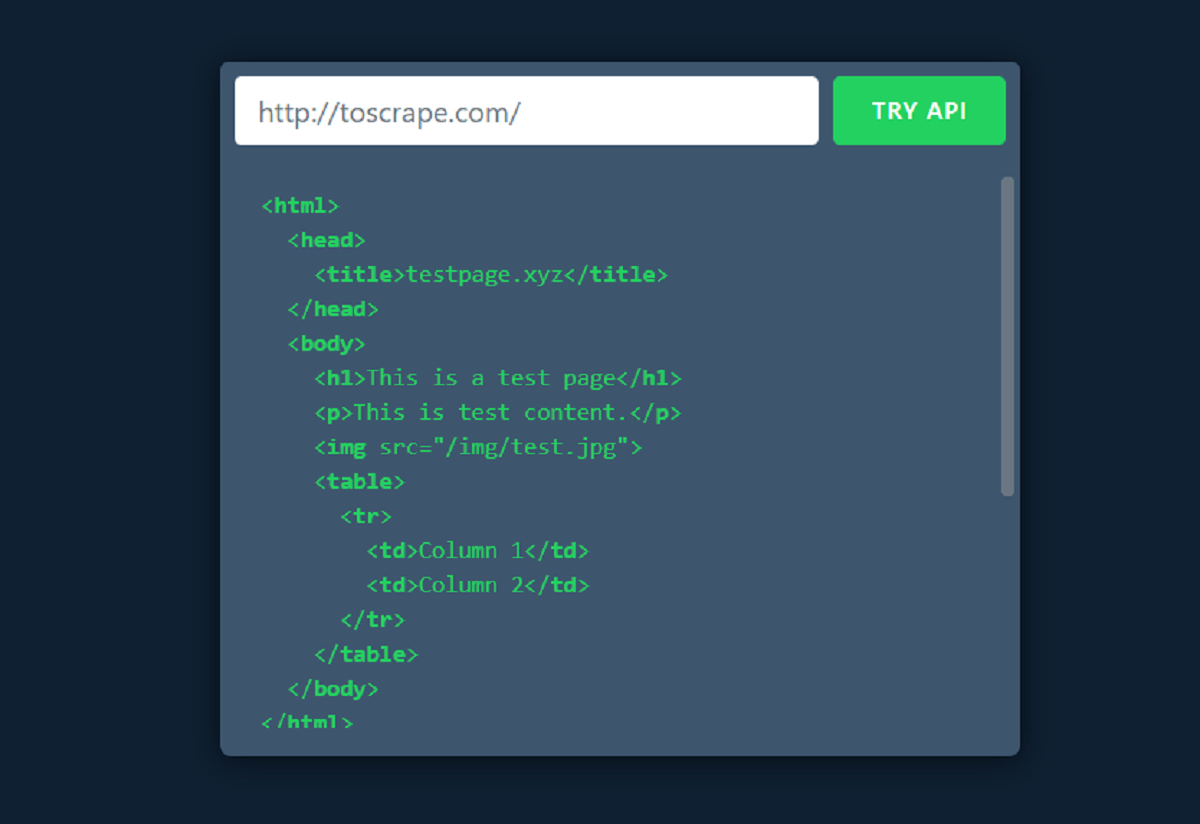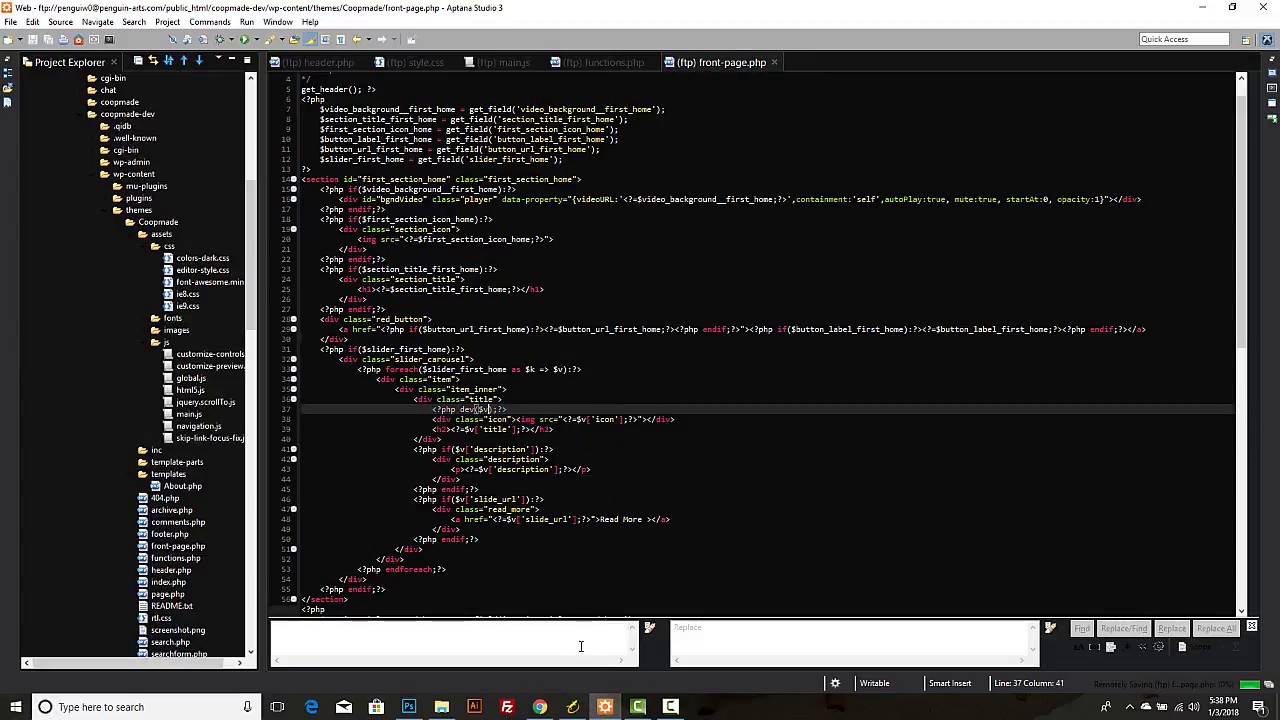Introduction
In today’s digital world, data is constantly being transferred and stored in various formats. One such popular format is JSON (JavaScript Object Notation), which is widely used for data interchange. JSON arrays are an important component of JSON, as they allow us to store multiple data elements in a structured manner.
If you are a PHP developer, you might come across situations where you need to extract data from a JSON array to perform further operations. In this article, we will explore how to effectively retrieve data from a JSON array using PHP.
Understanding how to extract data from a JSON array is crucial, as it allows you to harness the power of the data and use it in your PHP applications. Whether you are working with API responses, database queries, or other data sources, being able to access and manipulate JSON array data will greatly enhance your coding capabilities.
In the following sections, we will provide a step-by-step guide on how to get data from a JSON array in PHP. We will cover everything from fetching and converting the JSON array to accessing specific data elements within it. So, let’s dive in and discover the process together!
What is a JSON Array?
Before we delve into the process of extracting data from a JSON array in PHP, let’s first understand what a JSON array is.
A JSON array is a data structure that allows you to store multiple values in a specific order. It is denoted by square brackets [] and can contain a combination of values such as strings, numbers, booleans, objects, or even other arrays. Each value within a JSON array is separated by a comma (,).
For example, consider the following JSON array:
[
"apple",
"banana",
"orange",
"grape"
]In this example, we have a JSON array that contains four string values: “apple”, “banana”, “orange”, and “grape”. Note that the values are enclosed in double quotes as per the JSON syntax.
JSON arrays are similar to PHP arrays in terms of their ability to store multiple values. However, JSON arrays are primarily used for data interchange between different programming languages and platforms.
It is worth mentioning that JSON arrays can also be nested within other JSON arrays or JSON objects, providing a flexible and hierarchical structure for organizing data.
Now that we have a basic understanding of what a JSON array is, let’s move on to why we might need to extract data from a JSON array in PHP.
Why do we need to get data from a JSON Array?
When working with JSON data, it is common to encounter scenarios where we need to extract specific information from a JSON array. Let’s explore some of the key reasons why we might need to retrieve data from a JSON array in PHP.
1. Data Manipulation: JSON arrays contain structured data, and accessing specific elements within the array allows us to manipulate and process the data according to our requirements. By extracting data from a JSON array, we can perform operations such as filtering, sorting, aggregating, or modifying the data as needed.
2. Data Retrieval: Many APIs and web services return data in the form of JSON arrays. As a PHP developer, you will often need to retrieve and extract specific data from these arrays to display or utilize in your own application. This could include extracting user details, product information, or any other relevant data from the JSON response.
3. Data Validation: Before processing or using data obtained from a JSON array, it is essential to validate and verify its accuracy. By accessing and examining the data within the JSON array, we can perform necessary checks, such as ensuring the presence of required fields or validating the data against predefined rules or constraints.
4. Data Integration: JSON arrays can serve as a bridge between different systems and platforms. Extracting data from a JSON array allows us to integrate that data with other systems, databases, or applications seamlessly. This enables us to combine and utilize data from different sources effectively, enhancing the overall functionality of the solution.
5. Data Presentation: In some cases, we may need to extract specific data from a JSON array to present it in a user-friendly manner. For example, if you are building a search functionality, you might need to extract relevant data from a JSON array and display it in a formatted and organized way to the users.
By being able to efficiently extract data from a JSON array, we can harness the power of the data and leverage it in various ways to enhance our PHP applications.
Step by Step Guide to Getting Data from a JSON Array in PHP
Now that we understand the importance of extracting data from a JSON array in PHP, let’s dive into a step-by-step guide on how to accomplish this task efficiently.
Step 1: Fetch the JSON Array
The first step is to retrieve the JSON array from the data source. This could be an API endpoint, a file on your server, or any other source that provides the JSON data. Use PHP functions like file_get_contents() or curl to fetch the JSON data and store it in a variable.
Step 2: Convert the JSON Array into a PHP Array
Next, we need to convert the fetched JSON array into a PHP array. This allows us to easily access and manipulate the data. Use the json_decode() function to convert the JSON array into a PHP array. Set the second parameter of the function to true to convert it into an associative array, or false to convert it into a regular indexed array.
Step 3: Accessing Data from the JSON Array in PHP
Once the JSON array is converted into a PHP array, we can access the data elements within it. Use array indexing to fetch specific values from the array. For example, if the JSON array contains objects with a “name” key, you can access the value using $array['name']. If the JSON array contains nested arrays or objects, use the appropriate indexing or iteration technique to access the desired data.
It’s important to note that when accessing data from a JSON array, you should handle error cases where the requested data may not exist or the structure may be different than expected. Use conditional statements and error handling techniques to gracefully handle such scenarios.
By following these steps, you can efficiently extract data from a JSON array in PHP and utilize it for further processing, presentation, or integration purposes.
Step 1: Fetch the JSON Array
In order to extract data from a JSON array in PHP, the first step is to fetch the JSON array from a data source. This source can be an API endpoint, a file on your server, or any other location that provides the JSON data.
There are several methods available to fetch the JSON array in PHP. Here are a few common approaches:
- Using file_get_contents(): If the JSON array is stored in a file on your server, you can use the
file_get_contents()function to retrieve its contents. This function reads the entire contents of a file into a string, which can then be used as the source JSON data. For example: - Using cURL: If the JSON array is located at a remote server or accessed through an API, you can use cURL to fetch the JSON array. cURL is a powerful PHP library that allows you to send HTTP requests and retrieve the response. With cURL, you can specify the endpoint URL and receive the JSON data as the response. For example:
$jsonString = file_get_contents('data.json');
$ch = curl_init();
curl_setopt($ch, CURLOPT_URL, 'https://api.example.com/data');
curl_setopt($ch, CURLOPT_RETURNTRANSFER, true);
$jsonString = curl_exec($ch);
curl_close($ch);
Once you have fetched the JSON array using one of these methods, you should now have the JSON data stored in a string variable, $jsonString.
It’s important to handle any potential errors that can occur during the fetching process. For example, if using cURL, you can check the response status code to ensure a successful request was made. Additionally, you may also want to implement error handling for cases where the data source is unavailable or the file cannot be accessed.
With the JSON array successfully fetched, we can move on to the next step: converting it into a PHP array.
Step 2: Convert the JSON Array into a PHP Array
After fetching the JSON array in the previous step, we now need to convert it into a PHP array. This conversion allows us to easily access and manipulate the data elements within the JSON array.
In PHP, we can use the json_decode() function to achieve this conversion. The json_decode() function takes a JSON string as its parameter and returns a PHP representation of the JSON data. Here’s how you can convert the JSON array into a PHP array:
$jsonString = '{"name": "John", "age": 25, "city": "New York"}';
$array = json_decode($jsonString, true);In the example above, we have a JSON string stored in the variable $jsonString. By calling json_decode($jsonString, true), we convert the JSON string into a PHP array. Passing true as the second argument to json_decode() converts the JSON array into an associative PHP array. If you omit the second argument or pass false, it will be converted into a regular indexed PHP array.
It’s important to note that when using json_decode(), you should check for any errors that may occur during the decoding process. In case of invalid JSON syntax or other issues, json_decode() may return null. You can use the json_last_error() function to retrieve the last error occurred during the decoding.
Upon successfully converting the JSON array into a PHP array, you can now access its individual elements for further processing. We will cover this in the next step.
Step 3: Accessing Data from the JSON Array in PHP
Once the JSON array has been successfully converted into a PHP array, we can now access the individual data elements within it.
Accessing data from a JSON array in PHP is similar to accessing data from a regular PHP array. We can use array indexing or iteration techniques to retrieve the desired information.
Here are a few examples of how to access data from a JSON array in PHP:
- Accessing by Index: If the JSON array is an indexed array, we can use numerical indexing to access specific elements. For example:
$jsonArray = '[{"name": "John", "age": 25}, {"name": "Jane", "age": 30}]';
$array = json_decode($jsonArray, true);
echo $array[0]['name']; // Output: John
echo $array[1]['age']; // Output: 30
$jsonArray = '{"name": "John", "age": 25, "city": "New York"}';
$array = json_decode($jsonArray, true);
echo $array['name']; // Output: John
echo $array['age']; // Output: 25
foreach loop. This allows us to access all the elements within the JSON array. For example:$jsonArray = '[{"name": "John", "age": 25}, {"name": "Jane", "age": 30}]';
$array = json_decode($jsonArray, true);
foreach ($array as $item) {
echo $item['name'] . ", " . $item['age'] . "\n";
}
When accessing data from a JSON array, it’s important to handle any potential errors or cases where the requested data may not exist. You can use conditional statements or data validation techniques to ensure the integrity and validity of the data before using it.
By following these steps, you can effectively access and retrieve data from a JSON array in PHP, allowing you to perform further processing or integration with other parts of your application.
Conclusion
Extracting data from a JSON array in PHP is an essential skill for any developer working with JSON data. By following the step-by-step guide outlined in this article, you can effectively retrieve and utilize data from a JSON array in your PHP applications.
We started by understanding what a JSON array is and why we might need to extract data from it. JSON arrays provide a structured way to store and interchange multiple values, making them a popular choice for data storage and exchange in web applications.
The step-by-step guide provided a practical approach to getting data from a JSON array in PHP:
- We learned how to fetch the JSON array from a data source, such as an API or file, using functions like
file_get_contents()or cURL. - We explored how to convert the JSON array into a PHP array using the
json_decode()function, enabling us to easily access and manipulate the data. - We examined different methods to access data from the JSON array, including indexing and iteration techniques, allowing us to retrieve specific elements or iterate through the array to access all the data.
By effectively retrieving the data from the JSON array, you can perform further operations like data manipulation, retrieval, validation, integration, or presentation in your PHP applications.
Remember to handle potential errors during the fetching and decoding processes, ensuring the JSON array is valid and accessible. Additionally, consider implementing error handling and data validation techniques to handle cases where the requested data may not exist or the structure of the JSON array may differ from the expectations.
Armed with the knowledge and understanding of how to extract data from a JSON array in PHP, you can now enhance your coding capabilities and create more robust and powerful applications that efficiently utilize JSON data.







